Designer Tips when
Planning your Bathroom
Your bathroom will be an expensive space to modernise because there are many components that make up the space. If you have a bath then you’ll need to consider the style of bath, the bath panel and of course the taps. If you have a shower then you’ll need to think about the size and style of shower tray, the shower screen, as well as the type of shower head and controls. There are so many decisions to make, and hundreds of choices that it can often feel overwhelming.
If you don’t make the right decisions when you’re planning your bathroom then it can look disappointing when it’s finished, and also be a costly mistake.
Here are some of my practical design ideas that will help you create your perfect bathroom.
- HOW WILL YOU USE THE BATHROOM?
Before you start looking at bathroom styles, first consider how you will use the bathroom. It’s important to consider the people who live in your home and also anyone who may visit. This will help you decide on the products and fittings that you need in your bathroom.
Recently, I modernised my family bathroom that’s used by my children (aged 21 and 23) and guests. In the family bathroom there was a bath with an overhead shower. The bath was really useful when my children were young, but now they mainly have showers. Initially I was going to get rid of the bath to make space for a large walk-in shower, however, this is the only bath in the property. If we decide to sell the house then it’s likely that the next family moving in might want a bath if they also have young children. So, I decided to keep the bath because removing it might devalue the property.
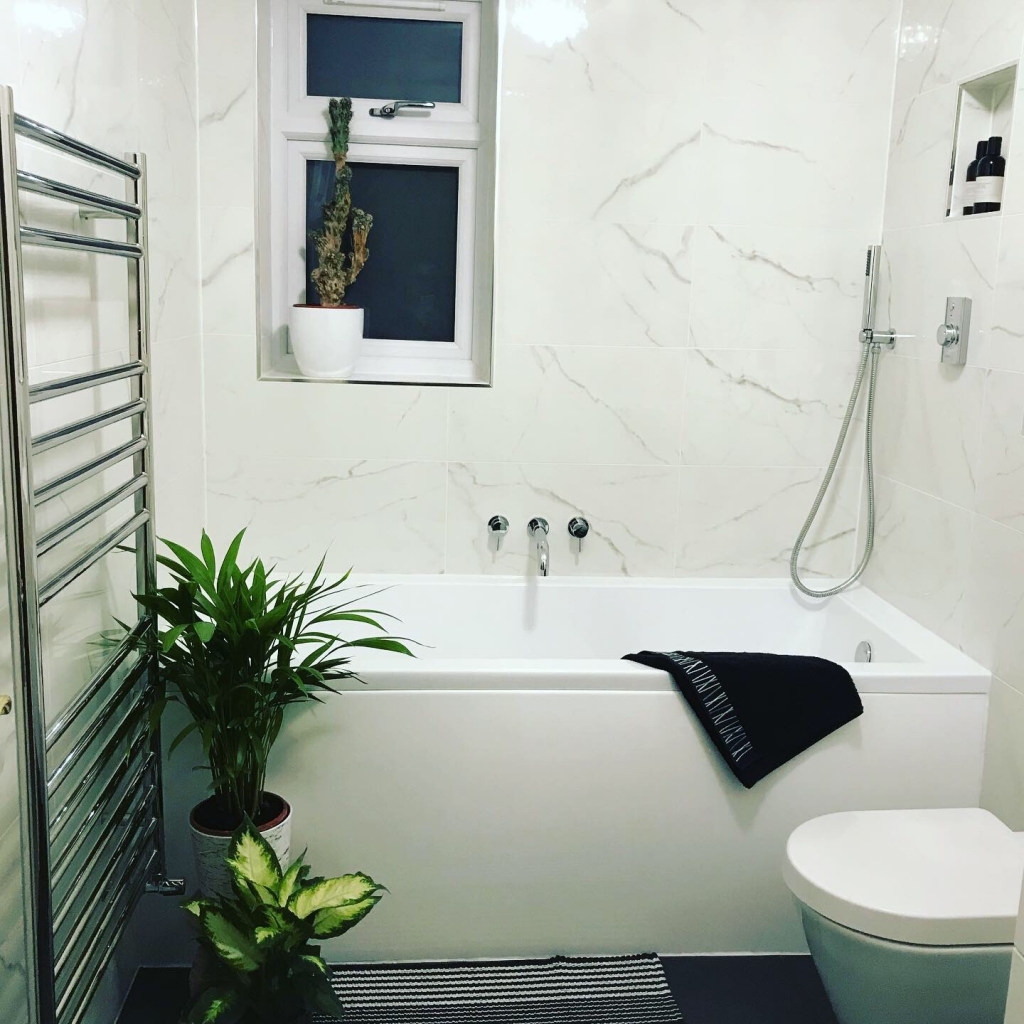
When designing your bathroom, it’s useful to consider all of the eventualities that might happen, as well as your current lifestyle, because it’s a space that’s not decorated very often. You need to make sure your design is future proofed.
- PLAN AROUND THE TOILET?
It may sound odd for me to recommend that you plan around the toilet, but this is one of the most expensive items to move so it’s often a good idea if you can keep your toilet in the same position.
A toilet is usually expensive to move because you would have to re-route the waste pipe. It’s far easier and less costly to move the sink, bath and shower, so try and keep the toilet in the same position. Of course, if you’re having an extension or a new build home then you’ll have more flexibility on where your toilet is positioned.
If you do have the choice as to where to position your toilet, consider how you’ll move around the space and also what it’s like visually when you look into the bathroom. The bathroom door is often left open and it’s not a nice view to see the toilet facing you.
With this design you’ll see the toilet when the door is open:

With this design, the shower is the main focus and feature when the door is open:
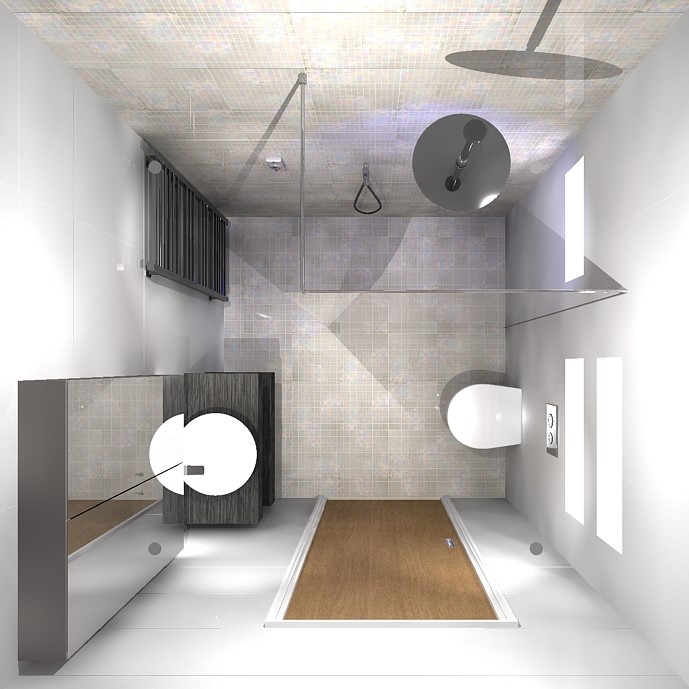
Whilst mentioning toilets, another consideration is the space around the toilet. There is a ‘Clear Zone’ needed in front of the toilet so that you can get up and down comfortably, but what’s often neglected is sufficient space either side of the toilet. Maybe you’ve been on a toilet where your arms are touching the walls next to you… it’s not a pleasant experience.
The minimum width for the toilet is 30″/76 cm (from one wall to the other with the toilet in the middle), but this can often feel cramped. You might want to make the width of the space bigger for a more comfortable experience. The recommended width is 36″/91 cm. My downstairs toilet is 100 cm wide and it feels nice and spacious.
- STORAGE TO MAKE YOUR BATHROOM FEEL SPACIOUS
Practical storage is vital if you want an organised bathroom that feels calm and spacious. By practical, I mean that it suits your individual needs.
For example, in my family bathroom, the two children and guests share the space, so I incorporated lots of different storage into the bathroom. There’s a shower niche for shampoo, conditioner and body wash, a mirrored bathroom cabinet for toothpaste, electric toothbrush and charger, with space for the family thermometer, and a sink cabinet with two drawers.
The top drawer of the sink is for practical items with space for spare toilet rolls, the controls for the mirror TV, nail scissors and facecloths.
The bottom drawer is for my children. Being in their early twenties, both my daughter and my son have lots of stuff. To stop any petty arguments about who has what space, I put containers in the drawers so that they both have equal space. This also keeps the drawer clean because it’s easy to take the containers out and wipe them down if they get sticky with products.
This is an overview of the main areas where you might fall down when designing your bathroom. Remember to consider:
- who will use the bathroom and what are their personal needs. Take into consideration their physicality and mobility
- design for comfort and optimise your space so that it’s a practical and visually pleasing layout
- ensure you have enough practical storage for all of the stuff you like to keep in your bathroom. If it’s a shared bathroom then try to define the space for each person
With endless possibilities when designing your practical and stylish bathroom, it can often feel overwhelming, so I’m always here to help and guide you.
Whether you need a total redesign, a professional glance of your new bathroom layout, or assistance choosing products, I’ll advise you on the best way forwards.
Gwendoline
BIID Interior Designer & Bathroom Designer
M: 07841 519802

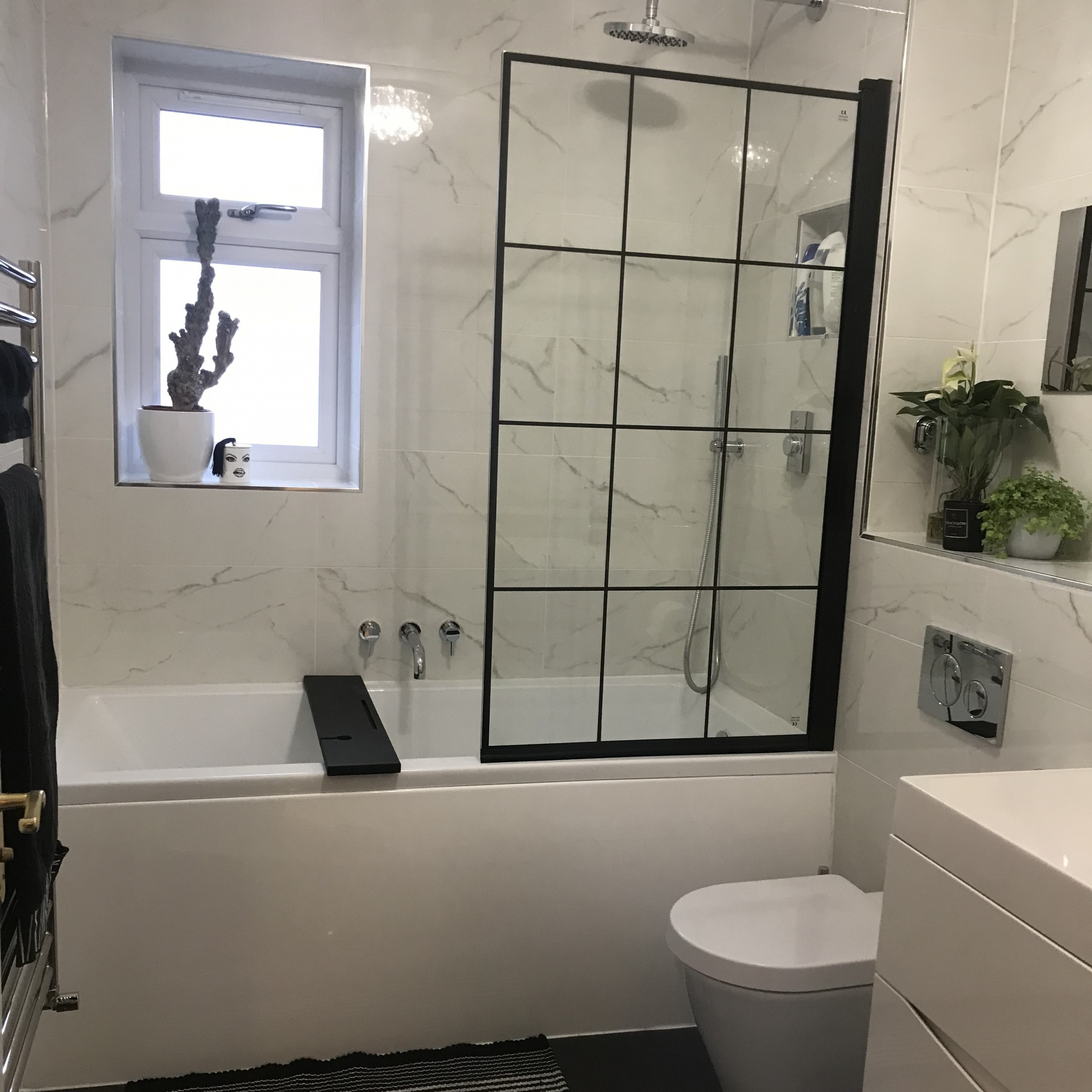
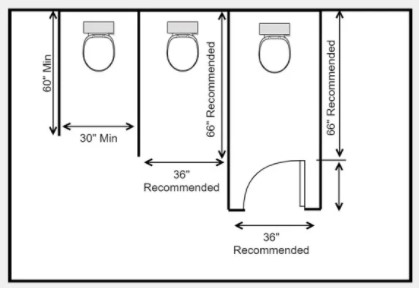
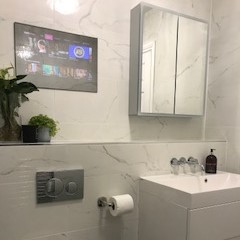
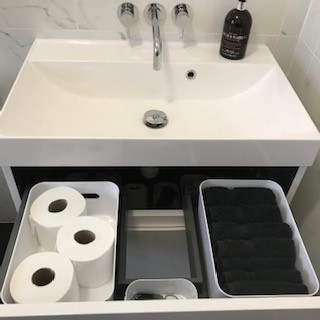

Recent Comments